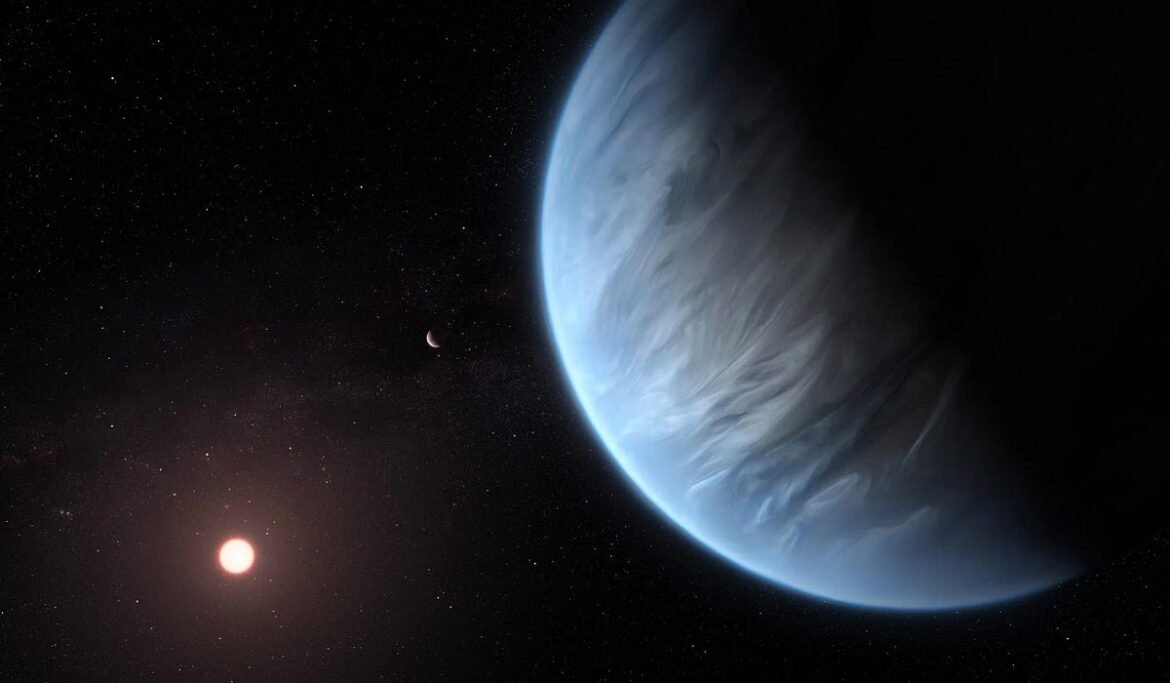Some fascinating observations of K2–18b have come along with horrendous, speculative communications. There’s no evidence for oceans or life.
I’m sorry, everyone, but we need to talk about Hycean worlds and dimethyl sulfide. If you’ve been following the news, you might have heard that there’s a planet out there that is:
- 120 light-years from Earth (this part is true),
- that’s in what astronomers call the “habitable zone” of its star (which is technically, but not practically, true),
- that’s larger and more massive than Earth (which many still, erroneously, call a super-Earth),
- that’s covered in a liquid water ocean (which is not a claim that’s supported by the data),
- and that contains dimethyl sulfide in its atmosphere (which may or may not be true), a compound that is only made by biological processes here on Earth.
This planet, K2–18b, was indeed observed by the JWST, and did have a fantastic spectrum taken of its atmosphere, revealing many fascinating details about it.
However, there is no evidence that K2–18b is a Hycean world at all; no water was detected at all. There’s only dubious evidence for dimethyl sulfide, and even if it does exist in the atmosphere, assigning a biological cause to it is an incredibly dubious proposition. Yet if you’ve read headlines from around the internet, it isn’t just the usual suspects like the New York Post or the Daily Mail with outrageous, alien life-driven headlines, but normally reliable places like National Geographic, the BBC, and right here on Big Think.
But I’m betting that you don’t want hype and exaggeration; you want the scientific truth. Let’s take a look at what’s really going on with exoplanet K2–18b.
Not like Earth at all
We’re well aware that when it comes to planets that are about the physical size of Earth, there are numerous possibilities for what that world could be like.

